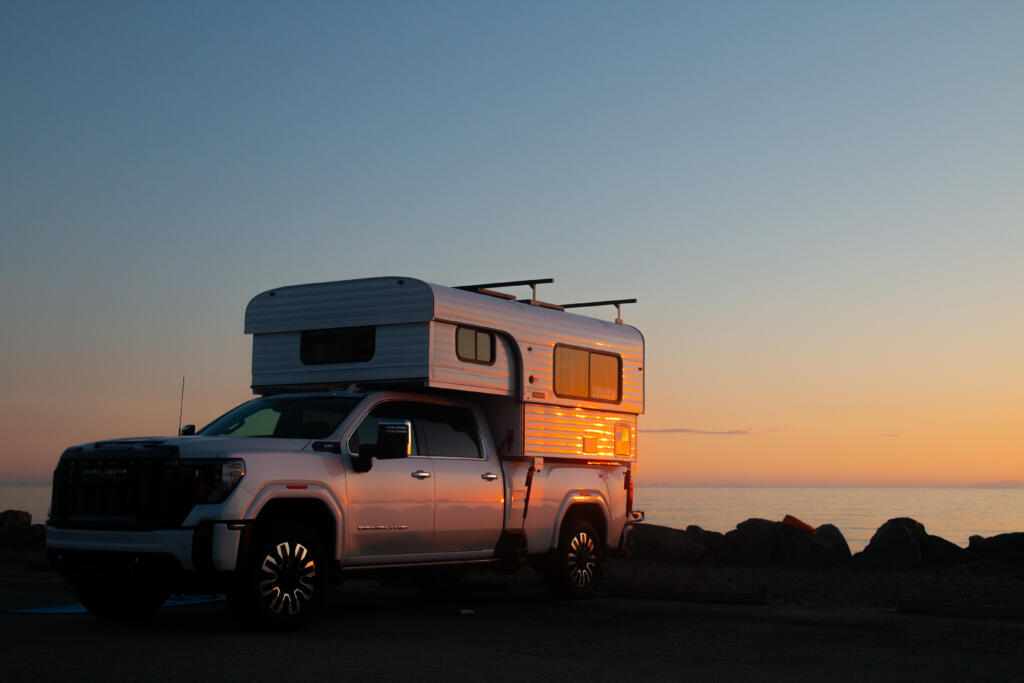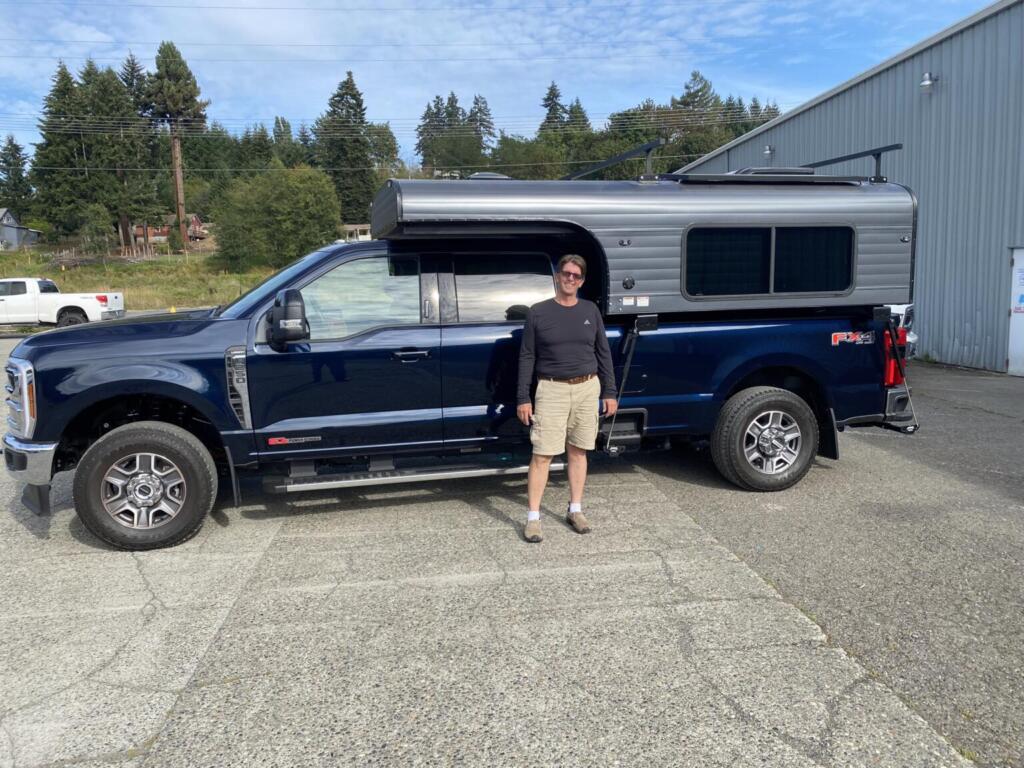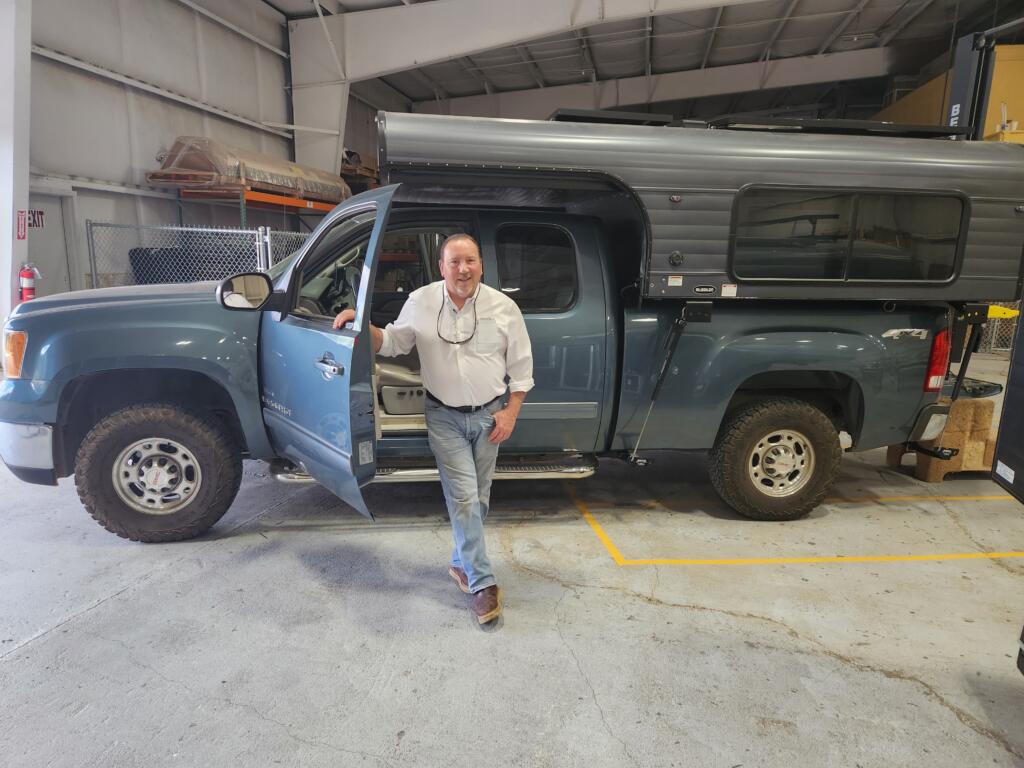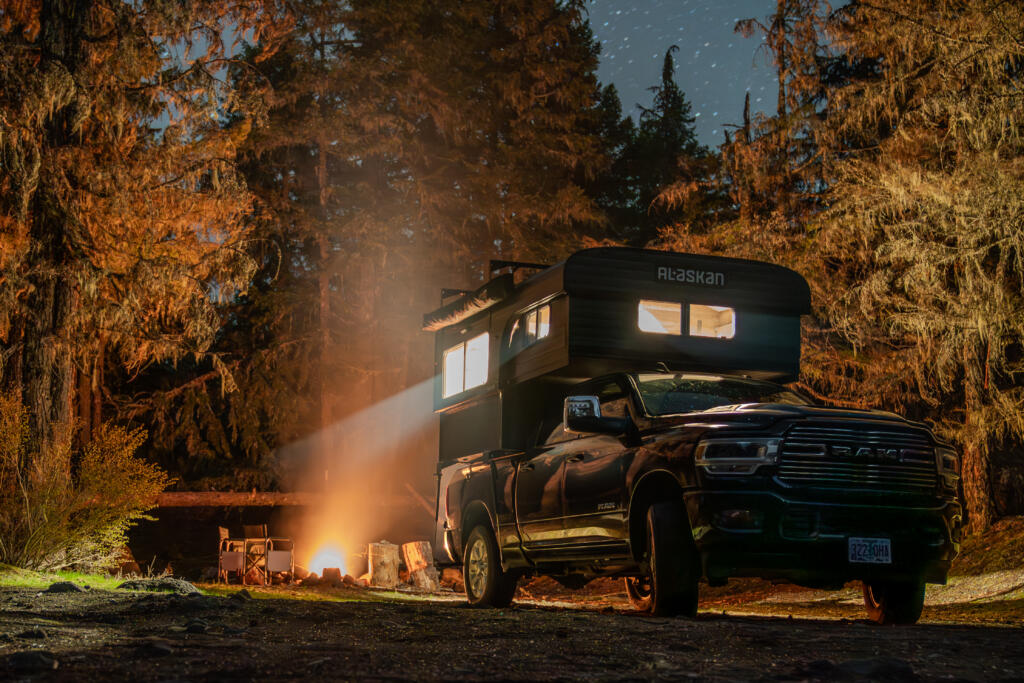Truck Camper MPG: What You’ll Actually See at the Pump
When you throw a camper on your truck, you’re gonna take a bit of a hit on fuel economy. That’s just how it goes. But here’s the upside: with the right setup, it’s not a wallet-crusher. You get freedom. You lose a few miles per gallon. Fair trade.
What folks are saying…
Spend five minutes in an owner group or forum and you’ll land smack in the middle of a parking-lot-style debate—different setups, same arguments, and everyone swearing their truck defies physics. And yeah, most of the chatter is what you’d probably guess — a truck doing 18 or 19 MPG on its own usually dips into the 10–15 range once it’s carrying a camper, especially those tall, square ones that basically become parachutes in motion.
Gas half-tons usually lose three to five MPG. Diesels handle it better, but they still take a hit. And look—anyone claiming they’re getting 20+ MPG with a camper probably had a generous tailwind or a dashboard display that’s a little too optimistic.
That’s the general internet consensus—and the kind of talk you’ll hear whenever two truck guys meet near a pump. But when you bring an Alaskan Camper into the mix, things start to shift. The numbers hold up better, the mileage drop isn’t as steep, and the reports come from folks who actually track their fuel use instead of guessing between gas stops.

What Alaskan owners actually see
We’ve talked to enough Alaskan owners over the years to spot a trend—and it’s a good one. That low-profile, pop-up design does what it claims: cuts wind resistance, stays snug, and helps your truck cruise without working overtime. Translation? You’re not stuck watching your fuel gauge nosedive like other camper owners joke about.
Jim’s Setup
Take Jim Nemanich, for example. He runs a 2023 Ford F-250 Super Duty with the 6.7L high-output diesel—plenty of grunt to carry his Alaskan. Even fully loaded and heading up into mountain passes, Jim says he still pulled around 15 MPG, and averaged closer to 19.5 on flatter stretches. He’s not guessing either—it’s real math over real trips. His setup works because it’s dialed in: a diesel that’s built to haul, matched with a camper that doesn’t slap the wind like a billboard.

And Rick’s Rig
Then there’s Rick Sink—a bit more old-school. He’s got a 2007 GMC ¾-ton 4×4 diesel carrying a 7-foot Alaskan cab-over. He reports around 15 MPG loaded, versus 18 MPG when running empty. That’s just a 3 MPG drop, which is better than most folks hauling bulkier campers or pulling trailers. Rick takes his rig on back roads too, which just shows how much smart design and balance can beat brute force when it comes to fuel efficiency.

These numbers aren’t just hand-picked to look good—they show what happens when your truck and camper actually get along. The Alaskan’s clean, low-profile pop-up isn’t just clever—it’s saving you fuel, quietly and consistently.
Why it matters
Every camper adds drag and weight. That’s physics, not user error. But Alaskan’s shape means you’re not dragging a sail through Wyoming headwinds—you’re cutting through them. The difference between 12 MPG and 16 MPG might not seem huge, but stretch it over a thousand miles and it shows up in your fuel tab—and your patience.
So yes, you’ll burn more fuel with a camper. But with an Alaskan, you’ll spend less time watching your gauge drop and more time enjoying the ride.
How to Get the Most Miles from Every Gallon
We’ve heard every trick in the book for squeezing more MPG out of a truck camper—some make sense, some are pure campfire myth. And yeah, if you’re still reading, you probably know most of this already. But if you’re skimming this at the gas station, here’s the short version:
- Camper shape and height: Pop-ups like Alaskan’s don’t just look clean—they fold down to meet the wind halfway. Tall, square campers? They turn your rig into a sailboat.
- Truck and payload match: Pair things right. Stuffing a big camper on an overloaded half-ton is asking for trouble—your transmission, brakes, and MPG will all feel it.
- Speed and wind: Every 5 mph over 65 adds way more drag than folks realize. A tailwind is luck. Good pacing? That’s a skill.
- Tires and maintenance: Soft tires, bad alignment, clogged filters—they all quietly rob you of fuel. Keep your rig dialed in.
- Travel weight: Full tanks, extra gear, heavy accessories—it all adds up. Don’t pack like you’re prepping for the apocalypse.
- Driving habits: Easy on the gas, coast when you can. Drive like you’re headed somewhere fun—not like you’re late for a drag race.

Real-World MPG Comparison
Here’s a rough idea of what folks usually get—and how Alaskan owners say they compare:
- Half-Ton Gas: Typically 17–19 MPG empty, drops to 12–15 MPG loaded. Alaskan users? Still manage 13–16.
- Three-Quarter-Ton Diesel: Around 18–20 MPG empty, down to 13–16 MPG with a camper. Alaskan setups? More like 15–19.
- One-Ton Diesel: Usually gets 17–19 MPG without the load, hits 12–15 MPG with it. With an Alaskan? Closer to 14–17.
What This Means for Buyers
If you’ve made it this far, you already get it: freedom costs a few MPG—and honestly, that’s fine. Every camper adds drag and weight. The real question is how well your rig handles it.
With an Alaskan on the back, you’re not fighting wind, guessing at your fuel economy, or relying on wishful thinking. You’re rolling steady while everyone else argues MPG stats online.
So forget chasing perfect numbers. Lose a few miles, sure — but gain way better mornings. That’s the deal, right?
